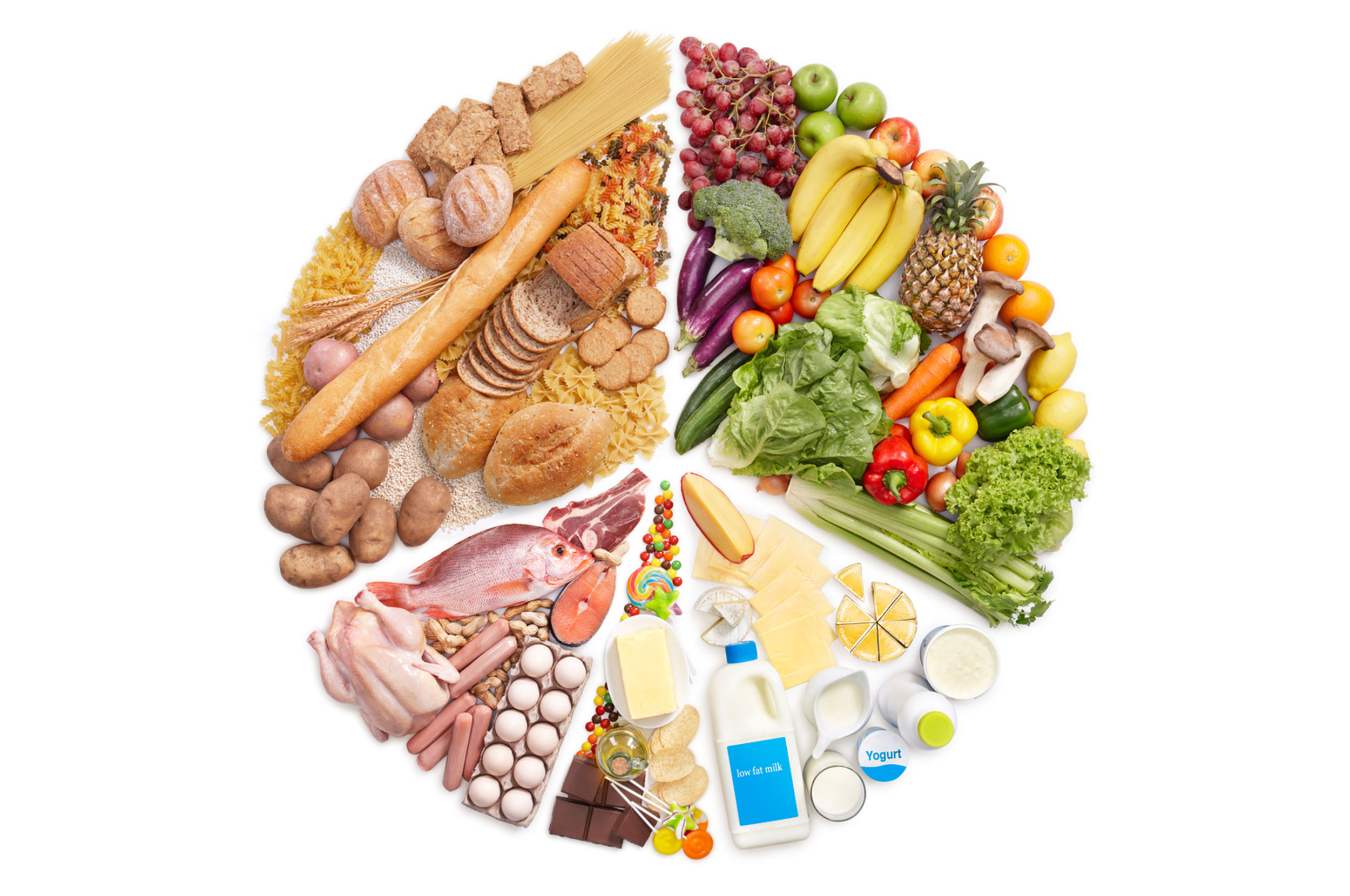Nutrition is the foundation for children’s overall development, especially between the ages of 5-14. Healthy foods provide vitamins, minerals, fiber, protein, and probiotics to support physical and cognitive growth. However, nutrients exist in various forms across different food types.
Let’s explore 10 effective ways with HighPlus to ensure children receive proper nutrition, building a strong foundation for their future health and development.
1. Quality Formula Milk for Optimal Nutrition
For most children aged 5-14, formula milk remains an important supplement to ensure adequate micronutrients, promoting balanced growth in height, physical health, and cognitive abilities. However, at this age, it is crucial to choose high-quality formula milk with strict nutritional standards, avoiding those high in starch that may lead to obesity or excessive nutrients that can cause digestion issues and skin problems.
HighPlus provides superior calcium and protein to support height and physical development, along with 6 billion probiotics to enhance digestion and immunity, ensuring optimal nutrient absorption. HighPlus formula contains high levels of protein, calcium, probiotics, ARA, and lutein, making it an excellent choice for muscle, bone, brain, and vision development.
2. Incorporate Whole Grains
Whole grains are an excellent source of complex carbohydrates, fiber, vitamins, and minerals. Parents should incorporate a variety of whole grains such as oats, brown rice, quinoa, and whole wheat bread into children’s diets. These foods provide sustained energy and support brain development.
Try including whole grains when selecting bread, pasta, and snacks. Whole grain rice or legumes are delicious and versatile ingredients that can be used in baking, rice dishes, or porridge, making them more appealing to children.
3. Include Lean Meats and Protein-Rich Foods
Lean meats, poultry, fish, eggs, beans, and dairy products are rich in high-quality protein, which is essential for growth and development. Including these in children’s meals ensures adequate protein intake.

For vegetarian or vegan diets, plant-based protein sources such as tofu, tempeh, hummus, beans, and lentils are great alternatives. Consider supplementing essential vitamins and minerals when following a plant-based diet for children.
4. Focus on Fruits and Vegetables
Fresh fruits and vegetables provide fiber, vitamins, minerals, and essential antioxidants. Encourage children to consume a variety of colorful fruits and vegetables (yellow, purple, green, red, etc.) to ensure they receive a wide range of nutrients.

A simple fruit and vegetable salad can make eating healthy fun and enjoyable, eliminating the need for complex preparations.
5. Ensure Sufficient Calcium from Dairy Products
Dairy products like milk, cheese, and yogurt are rich in calcium, which is essential for bone growth and overall development. By age five, children should transition to low-fat or non-fat dairy options for heart-healthy eating, similar to adults.
6. Limit Added Sugars and Processed Foods
Excessive consumption of added sugars and processed foods can lead to poor nutrition and negative health effects. Limit sugary drinks, candies, desserts, and processed snacks in children’s diets. Instead, encourage the consumption of whole, natural foods that provide essential nutrients without unnecessary additives.

7. Pair Nutritious Snacks with Regular Physical Activity
Besides nutrition, physical activity is another key pillar of children’s growth and overall health. Regular exercise and active play, combined with a healthy diet, help strengthen muscles, bone density, and heart health.

Children should consume two servings of lean meat, dairy, or plant-based protein daily to stay full and energized throughout their busy schedules.
Active children absorb nutrients better, but they also need healthy food to fuel their energy. If a child’s energy levels drop quickly after meals or their diet is too high in sugars or simple carbohydrates, nutritious snacks can help maintain steady energy levels.
Some great snack options include:
- HighPlus drinking yogurt
- Cheese cubes
- Peanut butter bars
- Whole grain crackers
- Trail mix with dried fruits and nuts
- Boiled eggs and fresh vegetables
8. Be Aware of Micronutrient Deficiencies
Deficiencies in certain micronutrients like iron, vitamin D, and folic acid can hinder a child’s optimal development. If you have concerns about your child’s diet or nutrient absorption, consult a pediatrician. Identifying potential deficiencies early allows for necessary supplements or dietary adjustments.

9. Encourage Healthy Eating Habits
Children develop healthy eating habits more easily when they are surrounded by a positive mealtime environment and when parents serve as role models. Having family meals together with nutritious foods fosters a culture of healthy eating.
Avoid using food as a reward or punishment. Instead, teach children to listen to their hunger and fullness cues and make healthy food choices. Rather than insisting that children “finish their plate,” encourage them to choose their portion sizes based on their hunger levels.
10. Seek Professional Nutritional Guidance
If you have concerns about your child’s nutrition or growth, consult a pediatrician or registered dietitian. A professional can provide personalized guidance based on your child’s specific nutritional needs.
As parents, providing healthy food choices and nurturing positive eating habits is one of the most important things we can do to help our children reach their full potential.

